|
- Luxor -
White Chapel of Senusret I

The so-called "White Chapel" is a small limestone pavilion, built about 4,000 years ago in Thebes, during the reign of Senusret I - King of the XII Dynasty.
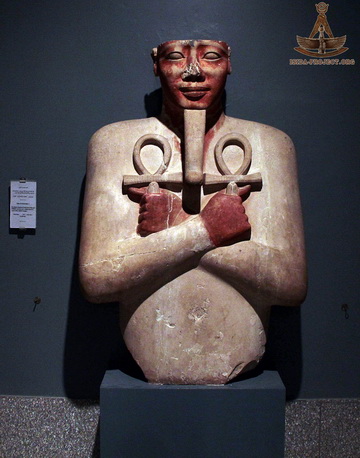
Statue of Senwsret I,
Luxor Museum of Ancient Egyptian Art |
Senusret I was one of the greatest Egyptian Kings of the XII Dynasty, ruling from 1971 to 1926 BC. He was the first Monarch of the Middle Kingdom, who made a great contribution into the building program of the country. During his reign, the art, literature and architecture of Ancient Egypt were at the peak of their development. A number of religious Temples were built from Delta to Aswan (including Thebes - modern Luxor). But, unfortunately, time did not spare most of these buildings. |
The best architectural structure of Senusret I was the White Chapel.
This small Chapel was built to commemorate the first anniversary of the Sed Festival in honor of the 30th year of the King Sienusret I reign. The exact original location of the building is unknown, because it was completely destroyed during the XVIIIth Dynasty. Fragments of it were used by Amenhotep III as a building material for the III Pylon of Karnak.
At the end of the XIX century, a large part of the massive III Pylon of Amenhotep III at Karnak collapsed during an earthquake. In 1924, the Director General of the Egyptian Antiquities Service, Pierre Lacau, ordered the Director of the the archaeological works in Karnak Henri Shevri to restore this very III Pylon. So it turned out that during the restoration work the Pylon had to be completely dismantled. This work took years, because of the groundwaters. So the work could be possible only when the Nile was in its low phase. During these works, Chevrier discovered about a thousand of blocks belonging to 11 different structures.
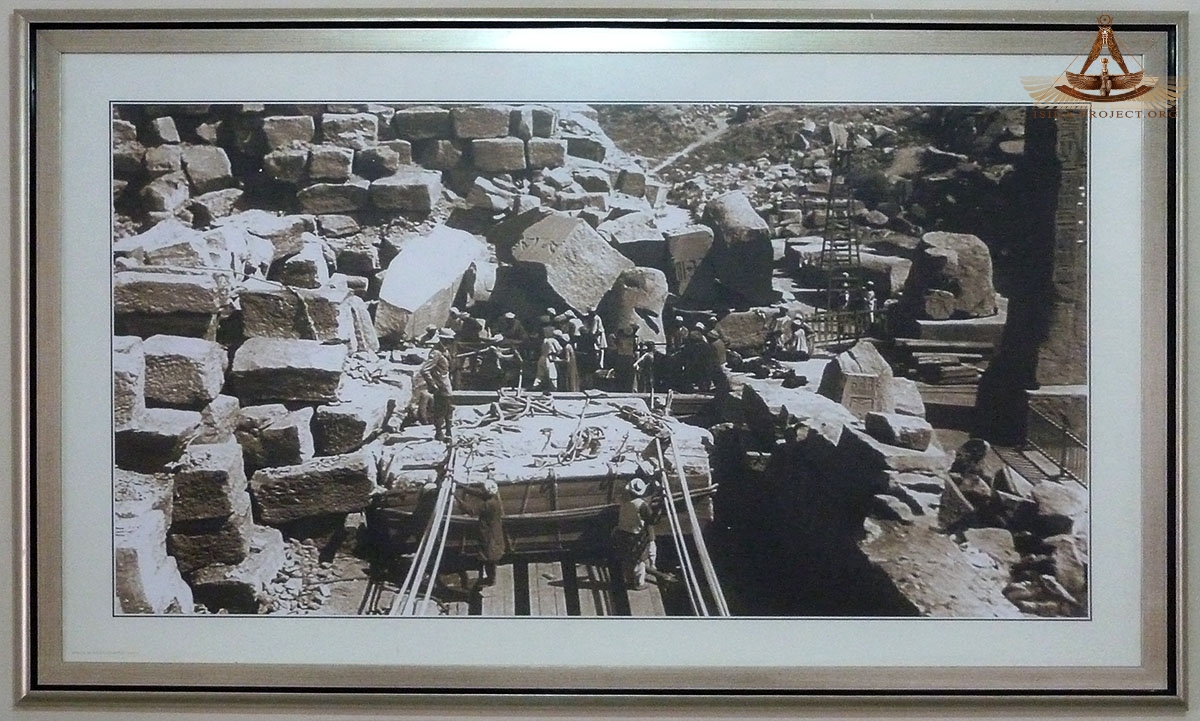 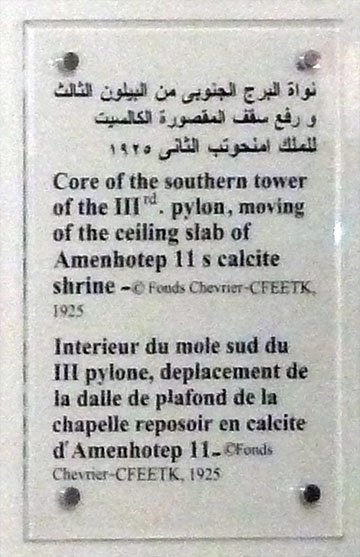
Photo from Museum of Karnak. Dismantling the III Pylon. Year 1925.
Despite the fact that many of blocks were badly damaged, the bas-reliefs that were engraved on them were preserved in excellent condition, due to the mortar, used in the time of construction of the III Pylon, which protected the bas-reliefs from erosion and mechanical damage.
Work on reconstruction of the original buildings, which for several millennia formed the III Pylon of the Karnak Temple, progressed slowly, but methodically. After determining the correct block orientation and their placement, Chevrier was able to make the almost complete restoration of the several ancient structures, including the so-called White Chapel of Senusret I.
 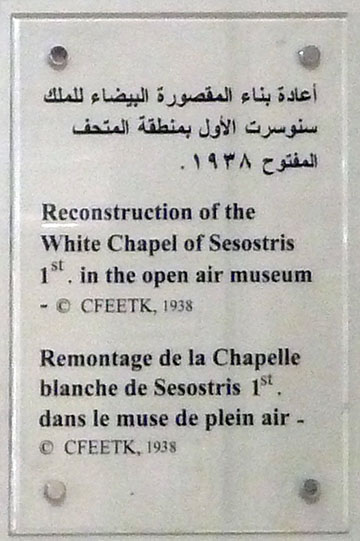
Photo from the Museum of Karnak. Reconstruction of the White Chapel of Senusret I. Year 1938.

Source: LACAU Pierre - CHEVRIER Henri. Une chapelle de Sésostris Ier à Karnak. Tome I
The restored buildings are now located in the Open Air Museum at Karnak. White Chapel is considered to be the most picturesque and the oldest building of Karnak.
 
Despite the fact that White Chapel is a small and rather simple architectural structure, its walls are very eloquent with their engraved inscriptions and bas-reliefs of a high quality. The scenes are mostly depicting the King Senusret in the company of the Ancient Egyptian Gods - Amon, Horus, Min and Ptah.
The chapel has 12 external columns and 4 internal rectangular columns. Each of them is decorated with bas-reliefs from all four sides. Between the outside pillars is a low, rounded balaustrade. The names of different Egyptian Nomes are engraved in columns on the parapet.
In April 2018, our ISIDA Project research team has visited the White Chapel of Senusret I. Our purpose was to study the history of the construction of Karnak, which we have already visited many times, starting from the year 2012.
The photo material is introduced below.
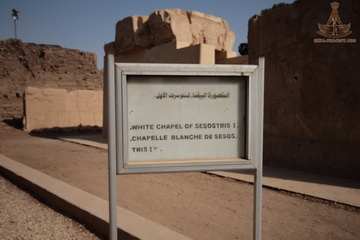 
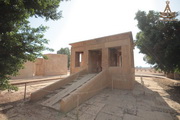 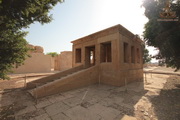 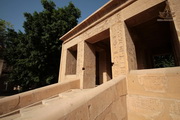 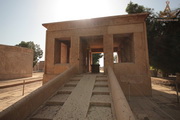
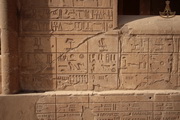  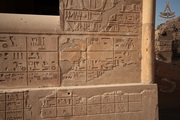 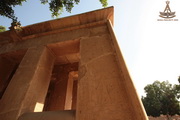
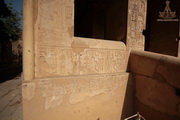 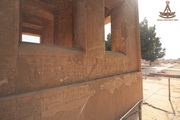 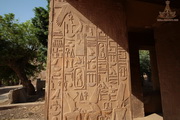 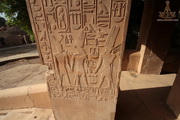
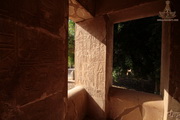 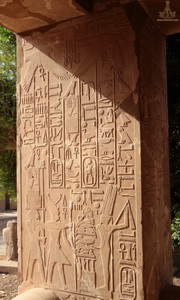 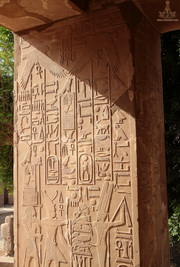 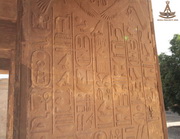
 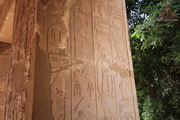 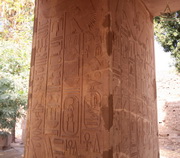 
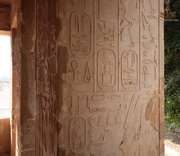 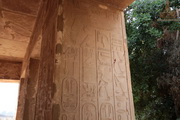 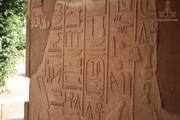 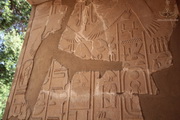
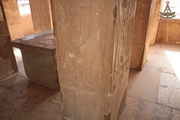 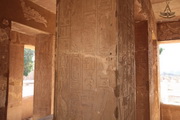 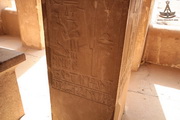 
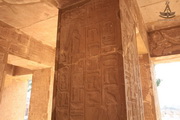  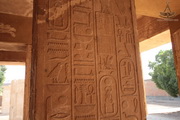 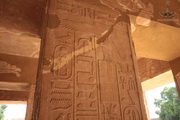
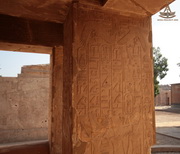 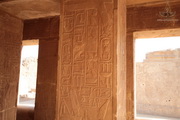  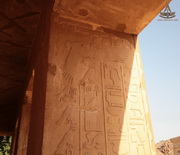
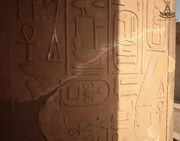 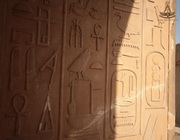 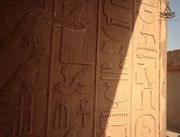 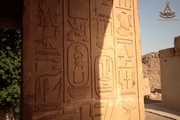
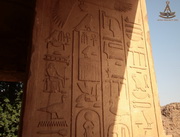 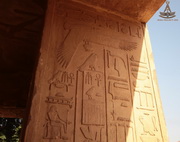 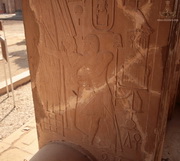 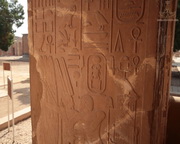
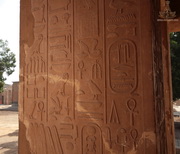 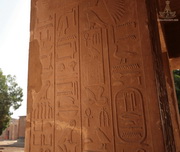 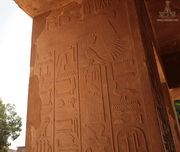 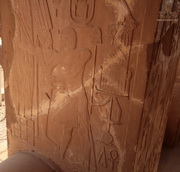
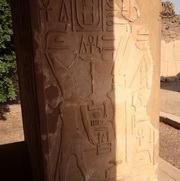 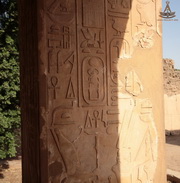 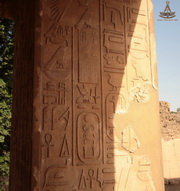 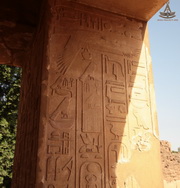
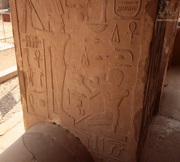 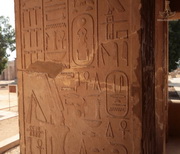 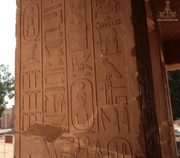 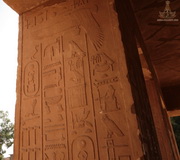
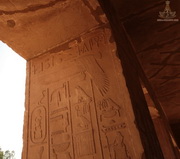 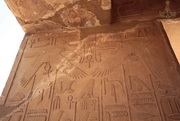 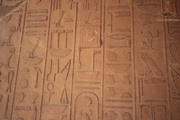 
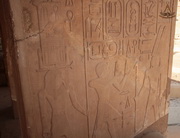  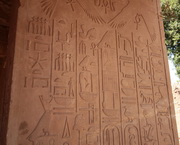 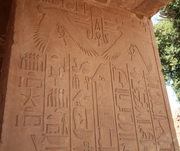
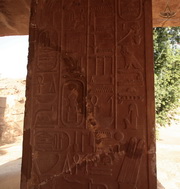 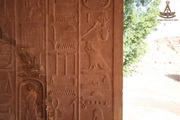 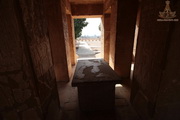 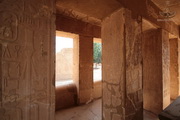
 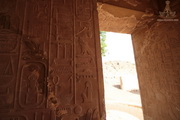 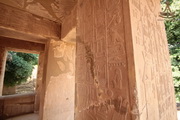 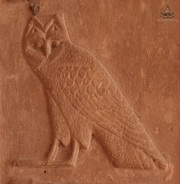
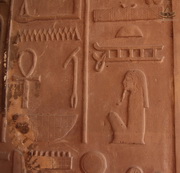 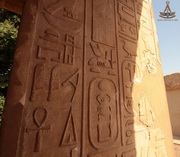 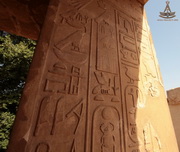 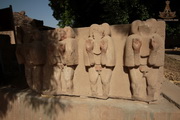
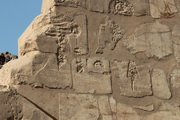 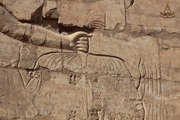 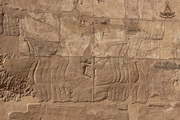 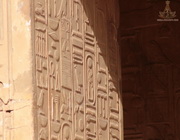
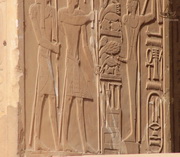 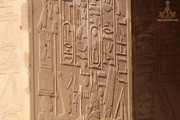 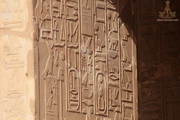 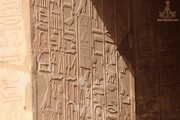
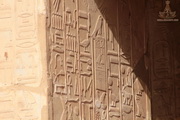 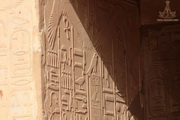 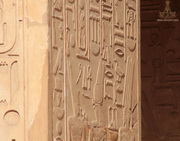 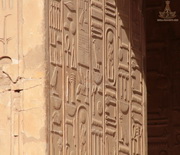
 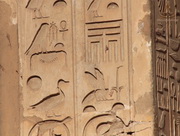  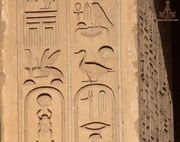
  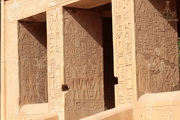 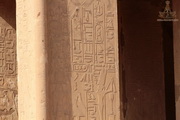
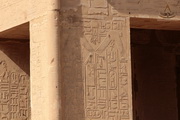 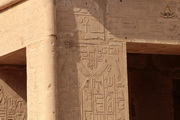  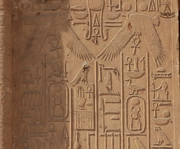
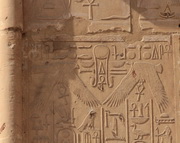 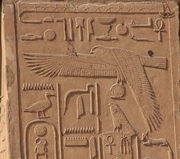 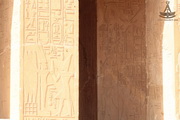 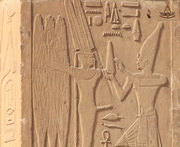
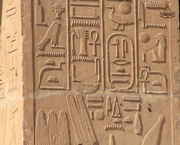  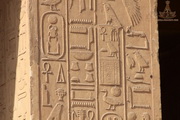 
 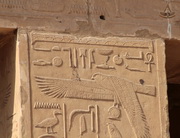  
 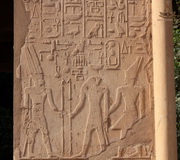 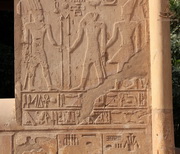 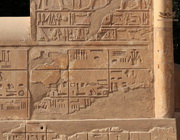
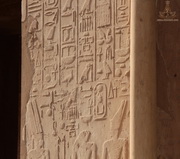 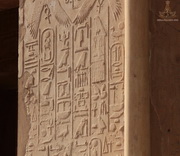  
 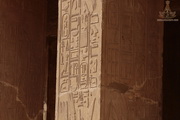 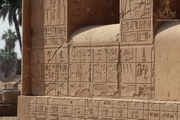 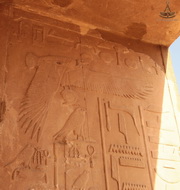
REFERENCES:

Author: William J. Murnane
'The Bark of Amun on the Third Pylon at Karnak.' Journal of the American Research Center in Egypt.
Year:
1969
|
Author: Pierre Lacau, Henri Chevrier
"
Une chapelle de Sésostris Ier à Karnak."
Year: 1956
|

Back to Luxor
Discuss on Forum >>
© Copyright 2018 of ISIDA Project. All rights reserved.
|
|





